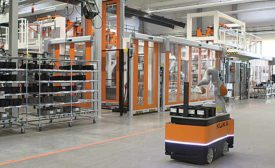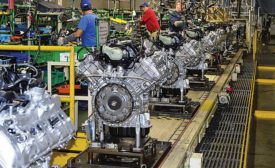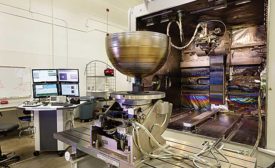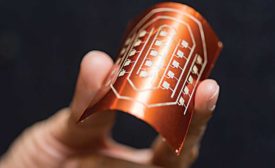Articles by Austin Weber
Robots Get Mobile
New technology enables robots to roam about the factory floor.
September 1, 2017
Lean Manufacturing Helps LED Lighting Company Compete
Continuous improvement helps Jarvis Lighting compete against low-cost rivals.
August 3, 2017
Special Report: State of the Profession Report 2017
Digital tools and smart technologies spark a new era in manufacturing.
July 5, 2017
3D Printing With Metal
Engineers have more options than ever to create production-ready parts.
July 5, 2017
Never miss the latest news and trends driving the manufacturing industry
Stay in the know on the latest assembly trends.
JOIN TODAY!Copyright ©2024. All Rights Reserved BNP Media.
Design, CMS, Hosting & Web Development :: ePublishing







